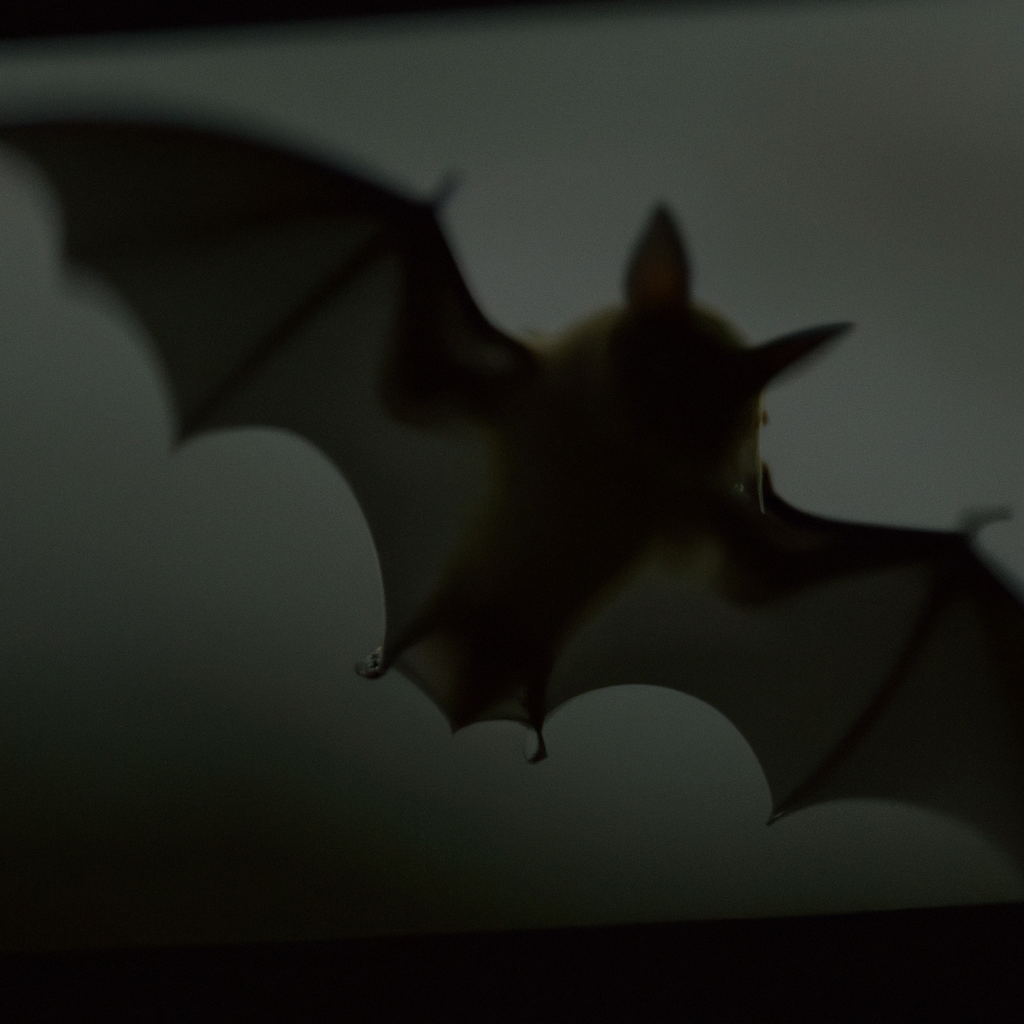Sonar in bats, also known as echolocation, is a fascinating and essential aspect of their biology that allows them to navigate, communicate, and locate prey in complete darkness. Bat echolocation works by emitting high-frequency sound waves that bounce off objects and return to the bat, allowing them to create a detailed map of their surroundings without relying on sight. In this article, we will explore the physiology, anatomy, and behavior of bats that enable them to use sonar successfully.
How does sonar work in bats?
Bats use echolocation to navigate and hunt in complete darkness. They emit high-frequency sound waves through their mouths or noses, which bounce off objects in their environment and return to their ears. By analyzing the returning echoes, bats can create a detailed map of their surroundings, including the location, size, and texture of objects.
To emit these high-frequency sounds, bats use a specialized organ called the larynx. Unlike humans, who produce sound by vibrating their vocal cords, bats produce sound by forcing air through their larynx, which is filled with a series of elastic membranes. These membranes vibrate to create high-frequency sound waves, which are then emitted through the bat’s mouth or nose.
The returning echoes are detected by the bat’s ears, which are highly sensitive to high-frequency sounds. A bat’s ears are asymmetrical, with one ear slightly larger than the other, allowing the bat to detect the direction of the returning echoes accurately. By comparing the time and intensity of the echoes in each ear, the bat can determine the location of objects in its environment.
Bat echolocation is not just limited to navigation and hunting. Bats also use echolocation for communication and social interaction. Different species of bats use different frequencies and patterns of sound to communicate with each other, including courtship, territorial defense, and warning calls.
Bat Navigation
Bat echolocation is essential for navigation, allowing bats to navigate through complex environments with ease. By creating a detailed map of their surroundings, bats can avoid obstacles and navigate through narrow spaces with precision. This ability is particularly important for bats that live in caves or other dark and complex environments.
Bat Communication
Bat echolocation is also essential for communication, allowing bats to communicate with each other in complete darkness. Different species of bats use different frequencies and patterns of sound to communicate with each other, including courtship, territorial defense, and warning calls.
Bat Sensing
Bat echolocation is also crucial for sensing prey. By emitting high-frequency sound waves, bats can locate and track prey in complete darkness, allowing them to hunt effectively at night. Some species of bats, such as the horseshoe bat, use echolocation to detect the shape and size of their prey, allowing them to identify their preferred prey species.
Bat Orientation
Bat echolocation is also essential for orientation, allowing bats to maintain their position in the environment. By emitting high-frequency sound waves and analyzing the returning echoes, bats can maintain a steady position in the air and avoid colliding with objects.
In conclusion, sonar in bats, also known as echolocation, is a fascinating and essential aspect of their biology that allows them to navigate, communicate, and locate prey in complete darkness. Bats use their specialized larynx, ears, and brain to emit high-frequency sound waves, detect returning echoes, and create a detailed map of their surroundings. By understanding the physiology, anatomy, and behavior of bats, we can appreciate the remarkable abilities of these creatures and the incredible world of echolocation.







